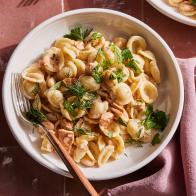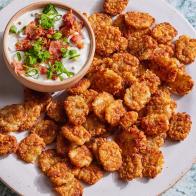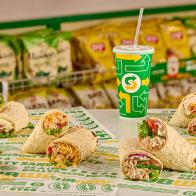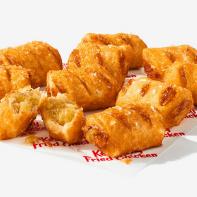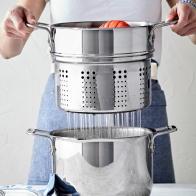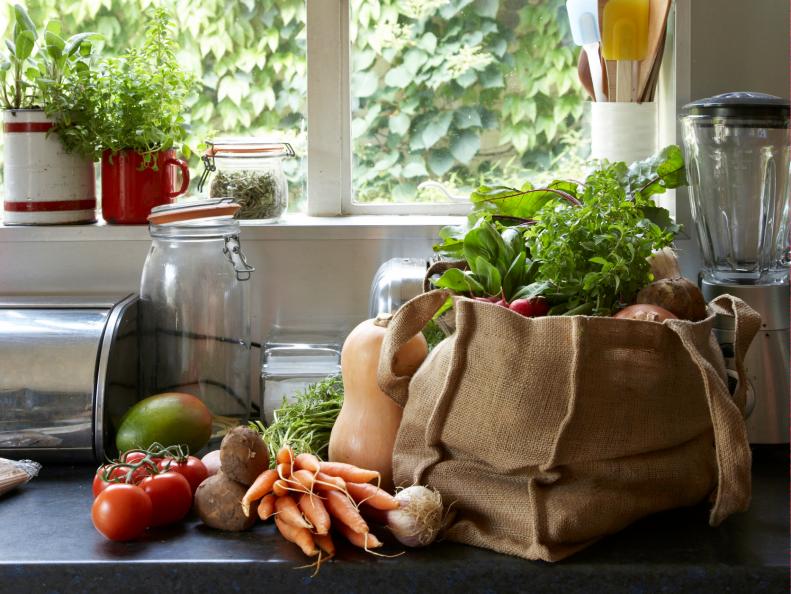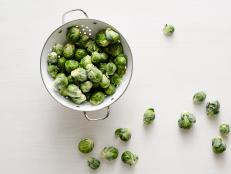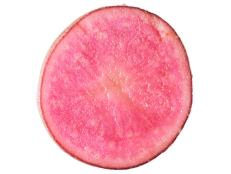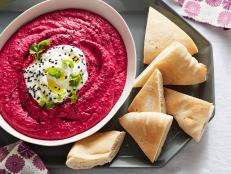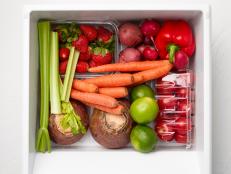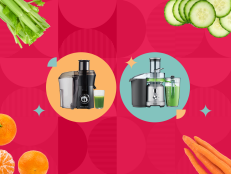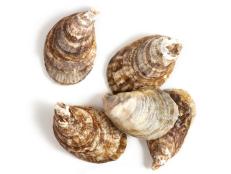Produce, All Year Round
Buying tomatoes in the dead of winter isn't the recommended practice of most food professionals, but sometimes your BLT needs the tomato, stat — and it's not waiting for summer to arrive. Shopping out of season may conjure up images of engorged strawberries in November, but it can also mean eggplants and tomatoes for an eggplant Parmesan on a cozy winter night in. The reality for some supermarket shoppers is that they will buy produce during times when Mother Nature never intended it to be possible — sometimes at triple the cost, and possibly with a mealy texture reminiscent of soaked cotton balls. But when you're willing to take that gamble, here are a few tips to up your chances of walking away with a little taste of sunshine.
By Teri Tsang Barrett

